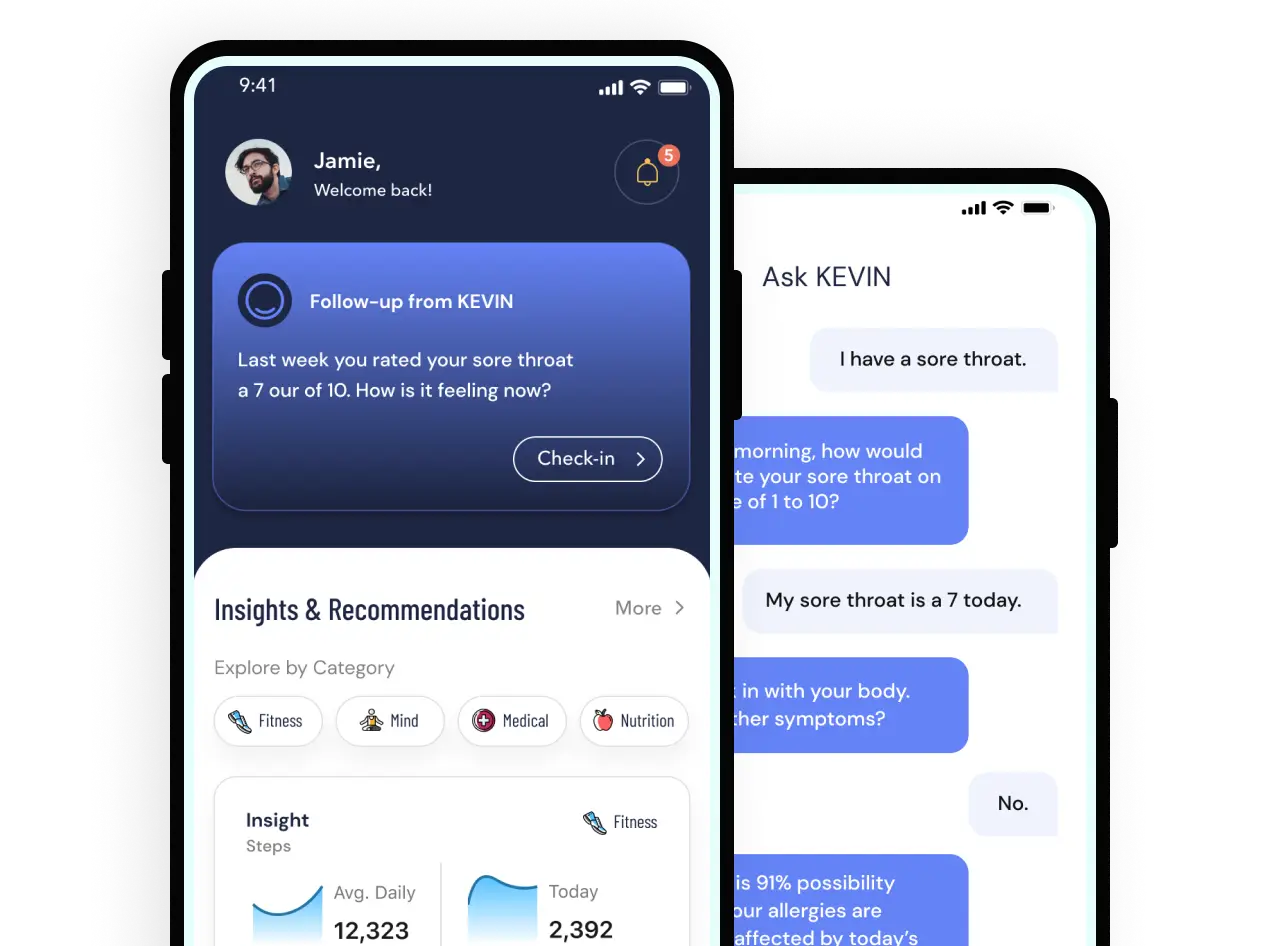
Go beyond the familiar.
Chart new digital futures.
Highland is an innovation and digital consultancy.
We help ambitious leaders launch digital products, reimagine customer experiences, and find new markets for growth.
We help ambitious leaders launch digital products, reimagine customer experiences, and find new markets for growth.
Spark New Growth
Gain a deep understanding of your future customers, expand your offerings, and compete in new ways.

Launch Digital Products
Expand your reach, differentiation, and revenue with digital products that engage your customers at launch.

Design Products & Experiences
Craft and validate compelling digital products and experiences that drive customer engagement.

Build Custom Software
Develop quality software tailored to your customers and business strategy, using an integrated development process.

Results
280+
digital products launched
$1B+
of market opportunity created
4.9
star rating on Clutch
25
years of experience
Trusted by these companies
















Insights
Want to work with us?
Tell us about the opportunity you're pursuing, and we'll follow up in one business day. If you prefer, you can email ask@highlandsolutions.com.

Thank you! Your submission has been received!
Oops! Something went wrong while submitting the form.
Thank you! Your submission has been received!
Oops! Something went wrong while submitting the form.











